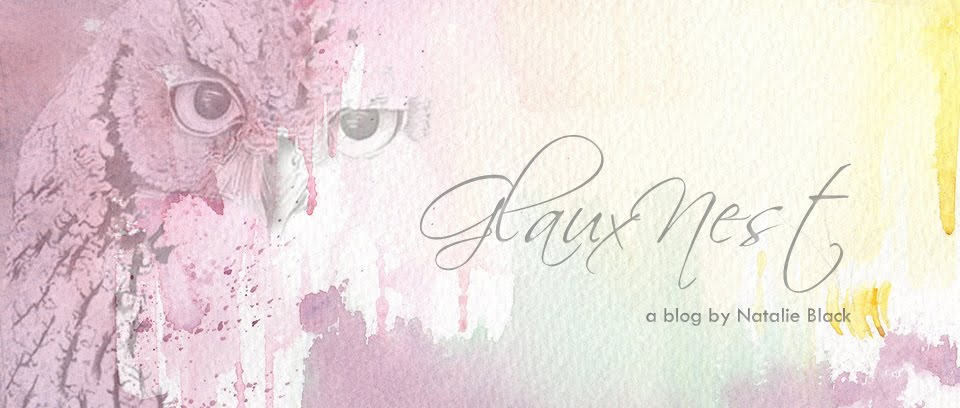Dryghten Prayer (Traditional Gardnerian)
In the name of Dryghtyn, the Ancient Providence,
Who was from the beginning and is for eternity,
Male and Female, the Original Source of all things;
all-knowing, all-pervading, all-powerful;
changeless, eternal.
In the name of the Lady of the Moon,
and the Lord of Death and Resurrection.
In the name of the Mighty Ones of the Four Quarters,
the Kings of the Elements.
Blessed be this place, and this time,
and they who are now with us.
Dryghten (pronounced dricht-ton, from Old English, see below) is a concept in Gardnerian Wicca that there is a self-aware energy pervading all things and places. It is omnipotent, omnipresent, and, most importantly, difficult (though not impossible) to access. It is comparable to other Pagan concepts such as Akasha, Spirit, the Web of Life, and the Star Goddess (as it is understood in some traditions).
The Dryghten is "Male and Female; changeless, eternal" because it is perceived as the source from which all other Deities manifest. It is, in its most essential form, Panentheism. Qabalah, which posits that there is a divine source (Ain Soph) from which all of the Sephiroth manifest echoes this view.
I mentioned that Dryghten is difficult to access from our current reality. This is, again, paralleled in Qabalah as Malkuth longing for union with Kether. Sometimes mystics will have experiences for Oneness or the Godhead, Universal Unity, the Monad, etc. Gardnerians see this as an experience of Dryghten. Because Dryghten is so difficult to access, it makes sense to honor it and work with it though lesser spheres of manifestation, such as other Gods and Goddesses. Thus, the Panentheist becomes the Polytheist.
Old English comparison of words using "dryht" or "dryhten"
I included this list to show that "dryhten", as understood in Old English, means to be both holy and royal or of noble blood.
dryht 1. 2 f (-e/-a) 1 a multitude, an army, company, body of retainers, nation, a people; pl men; [dréogan]; 2. ge~ f (-e/-a) fortune, fate
dryhtbealo see dryhtenbealu
dryhtbearn n (-es/-) princely youth, a child of the people, a noble child
dryhtcwén f (-e/-e) a noble queen
dryhtdóm m (-es/-as) noble judgment
dryhtealdor m (-es/-as) the lord of a feast; [paranymphus], bridesman (2)
dryhtealdormann m (-es/-menn) the lord of a feast; [paranymphus], bridesman (1)
dryhten m (dryhtnes/dryhtnas) a ruler, king, lord, prince; the supreme ruler, the Lord, God, Christ; chiefly used for God and Christ
dryhtenbéag m (-es/-as) payment (to a lord) for killing a freeman, a lord-ring or money paid for slaying a freeman
dryhtenbealu2 n (-es/-) profound misery, extreme evil, great misfortune
dryhtendóm m (-es/-as) sovereignty, lordship, majesty
dryhtenhold adj loyal
dryhtenlic adj belonging to the Lord, Lordly; divine, of the Lord; adv ~líce according to the Lord, by the Lord
dryhtenweard m (-es/-as) lord, a guardian lord, king
dryhtfolc2 n (-es/-) people, troop, a nation, multitude
dryhtgesíþ m (-es/-as) retainer, warrior; an associate, attendant
dryhtgestréon n (-es/-) princely treasure, a nation’s or people’s treasure
dryhtguma m (-n/-n) 2 a popular man, man of the people, warrior, retainer, follower, man; bridesman; in pl men, people
dryhtin- see dryhten-
dryhtléoþ n (-es/-) national song, hymn, a lordly song
dryhtlic adj lordly, noble; of the Lord; ~ gebed the Lord’s Prayer; adv ~líce in a lordly manner, divinely
dryhtmann m (-es/-menn) bridesman; a warrior, retainer
dryhtmáðm m (-es/-as) princely treasure, a noble or lordly treasure
dryhtné m (-es/-as) warrior’s corpse, a dead body of a host
dryhtscipe2 m (-es/-as) lordship, rulership, domination, dignity; virtue, valor, heroic deeds
dryhtsele2 m (-es/-as) a princely hall, a princely dwelling
dryhtsibb2 f (-e/-a) peace between two nations, lordly kinship, high alliance
dryhtwémend m (-es/-) bridesman (1)
dryhtwémere m (-es/-as) bridesman (2)
dryhtweorþ adj divine
dryhtweorða m (-n/-n) a divine, theologian
dryhtweras2 m pl men, chieftains
dryhtwuniende adj living among the people, dwelling among people
dryhtwurþ adj divine
dryhtwurða m (-n/-n) theologian
Thus, in Old English, Dryghten has less to do with "the Original Source of all things; all-knowing, all-pervading, all-powerful; changeless, eternal" and more to do with that actual "Ancient Providence" divine kingship!
P.S. Okay, so I'm a few days ahead of myself. I have today off of work and I wanted to get this out while it was still fresh. :)
P.S. Okay, so I'm a few days ahead of myself. I have today off of work and I wanted to get this out while it was still fresh. :)





